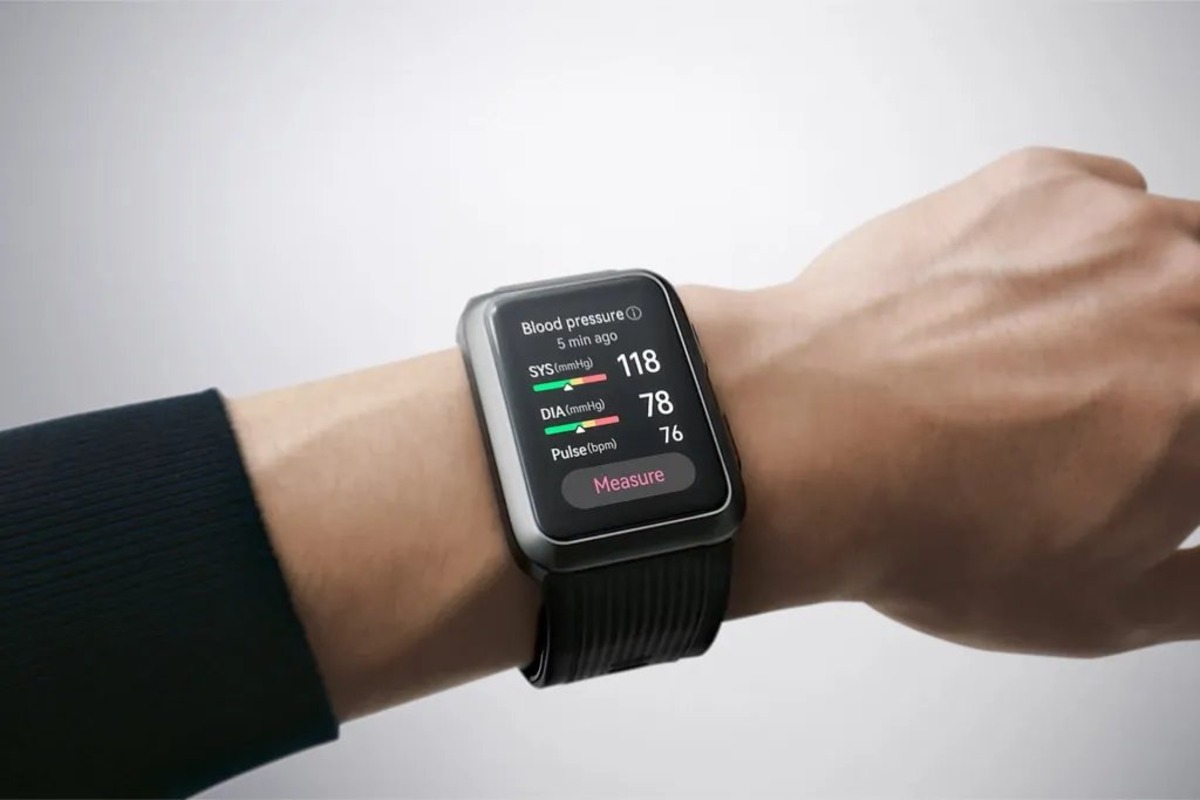
If you’ve recently purchased a smartwatch or have been researching different models, you may have come across the acronym “mmHg.” But what does mmHg actually mean in the context of a smartwatch? If you’re scratching your head trying to make sense of this technical jargon, don’t worry – you’re not alone. In this article, we’ll dive into the world of smartwatches and decode the meaning behind the mysterious mmHg. Whether you’re a fitness enthusiast or simply looking to track your health, understanding mmHg on a smartwatch can help you make the most of the device’s features. So sit back, relax, and let’s unravel the mmHg mystery together!
Inside This Article
What Does mmHg Mean on a Smartwatch?
When exploring the features and functionalities of a smartwatch, you may come across the term “mmHg.” But what exactly does mmHg mean in the context of a smartwatch? mmHg stands for millimeters of mercury, and it is a unit used to measure blood pressure.
In simple terms, mmHg represents the pressure exerted by the blood against the walls of the arteries. It is an essential measurement for monitoring and maintaining cardiovascular health. When displayed on a smartwatch, mmHg readings provide valuable insights into your blood pressure levels and overall well-being.
The unit of mmHg is derived from the traditional method of measuring blood pressure using a mercury-filled column. As the heart pumps blood through the arteries, it creates pressure, which is measured in millimeters of mercury.
On a smartwatch, the mmHg reading is typically accompanied by two numbers: systolic and diastolic blood pressure. The systolic pressure represents the force when the heart contracts and pumps blood, while the diastolic pressure represents the force when the heart relaxes between beats.
By monitoring your blood pressure using mmHg on a smartwatch, you can track changes and fluctuations in your cardiovascular health. This information can be invaluable for identifying potential health issues and making necessary lifestyle adjustments.
It’s important to note that while some smartwatches offer blood pressure monitoring, the accuracy of these readings may vary. It’s always recommended to consult with a medical professional or use a certified medical device for accurate and reliable blood pressure measurements.
Conclusion
The mmHg reading on a smartwatch is an essential feature that allows users to monitor their blood pressure levels conveniently and efficiently. It provides valuable insights into their cardiovascular health, helping them make informed decisions and take necessary precautions. With more people becoming health-conscious, the inclusion of mmHg measurement on smartwatches has become increasingly popular.
By understanding what mmHg means and how it relates to blood pressure, users can effectively track their readings and detect any abnormalities or fluctuations. The ability to access this information right from their wrist is a game-changer for many individuals, making it easier and more accessible to prioritize their health.
As technology continues to advance, smartwatches are likely to integrate more health monitoring features, including mmHg measurement. This empowers users to proactively manage their well-being and lead a more balanced and healthy lifestyle. So, the next time you see mmHg on your smartwatch, you’ll know it’s a valuable tool for keeping an eye on your blood pressure and taking control of your health.
FAQs
-
What is mmHg on a smartwatch?
mmHg stands for millimeters of mercury, and it is a unit of measurement used to indicate blood pressure. On a smartwatch, the mmHg reading refers to the measurement of blood pressure obtained through the built-in sensors in the device.
-
How accurate are mmHg readings on smartwatches?
The accuracy of mmHg readings on smartwatches can vary depending on the brand and model. While many smartwatches strive to provide accurate blood pressure measurements, it is important to note that these readings may not be as precise as those taken with a medical-grade blood pressure monitor. It is always recommended to consult with a healthcare professional for accurate and reliable blood pressure measurements.
-
Can I rely on mmHg readings on a smartwatch to monitor my blood pressure?
While smartwatches with a blood pressure monitoring feature can provide insights into your blood pressure trends, they should not be relied upon as the sole means of monitoring and managing your blood pressure. It is advisable to use these readings as a reference and consult with your healthcare provider for a comprehensive assessment of your blood pressure levels and any necessary medical interventions.
-
How does a smartwatch measure mmHg?
Smartwatches equipped with blood pressure monitoring typically utilize optical sensors to detect changes in blood flow beneath the skin. These sensors use algorithms to estimate blood pressure based on the volume of blood and the resistance it encounters within the blood vessels. However, it is important to remember that these readings may not be as accurate as those obtained with a traditional blood pressure cuff.
-
Are mmHg readings on smartwatches suitable for everyone?
Smartwatches with blood pressure monitoring features are generally designed for use by individuals who are interested in tracking their blood pressure trends and overall health. However, specific limitations and compatibility may vary depending on the smartwatch brand or model. It is advisable to review the product specifications and consult with your healthcare provider to determine the suitability of a smartwatch for your individual needs.
